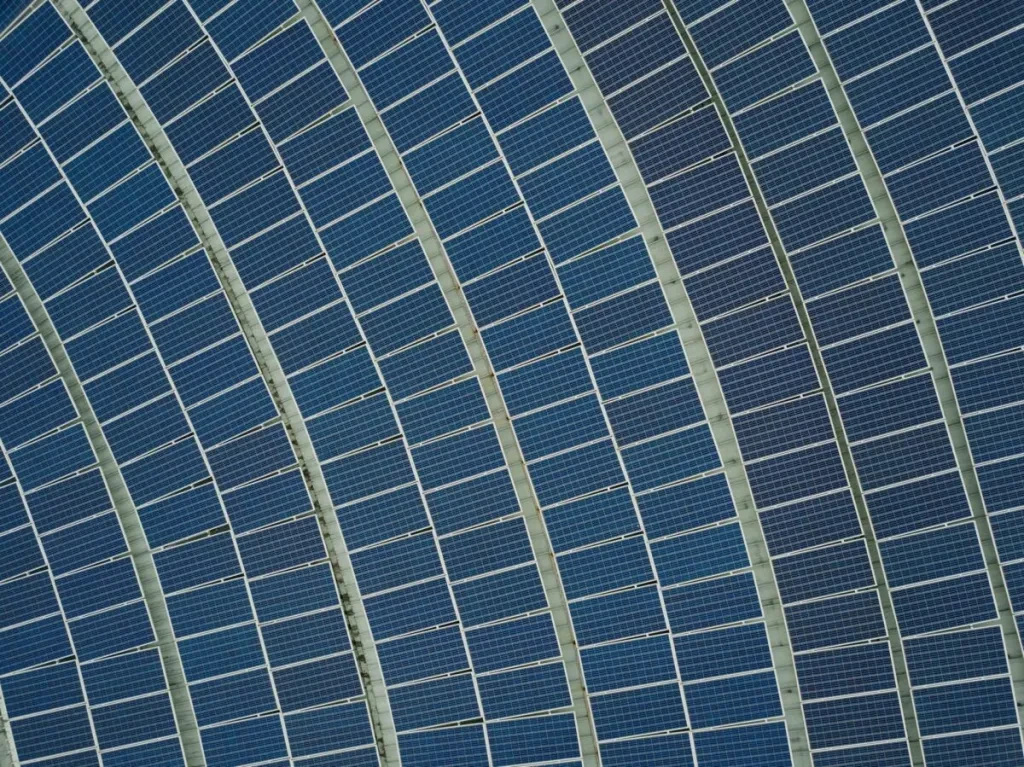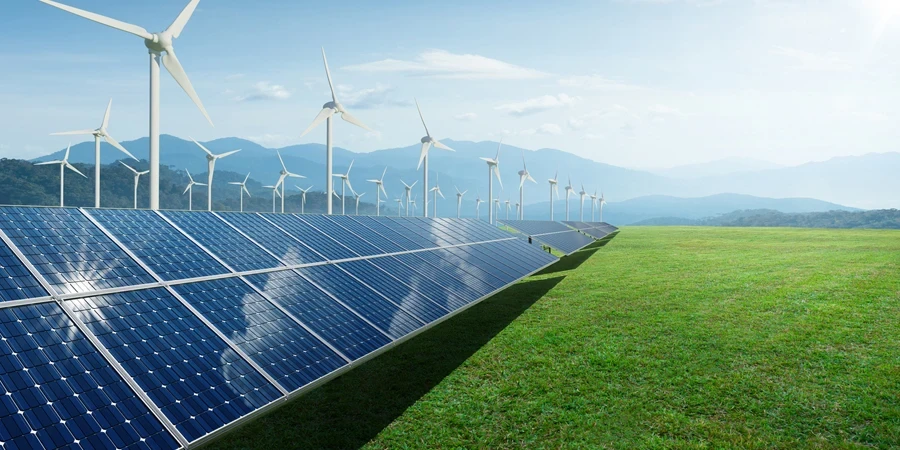BloombergNEF says in a new report that solar and wind must drive most emissions cuts before 2030 to stay on track for net-zero by 2050. Its net-zero scenario targets a combined solar and wind capacity of 31 TW by 2050.

A new report from BloombergNEF says achieving net-zero by 2050 hinges on renewables capacity tripling between now and the end of the decade.
Its latest New Energy Outlook presents a pathway to net-zero by 2050 called the “Net-Zero Scenario” (NZS). It says the window to reach the target is “rapidly closing,” but adds there is still time “if decisive action is taken now.” BloombergNEF warns it will not be possible without accelerated spending, with a fully decarbonized global energy system by 2050 estimated to have a $215 trillion price tag. To reach net zero by 2050, it says progress in the next 10 years is “critical.”
“The period 2024-30 is dominated by rapid power-sector decarbonization, energy efficiency gains and rapid acceleration of carbon capture and storage deployment,” the report says. “Wind and solar alone are responsible for half of emissions abatement during this seven-year period.”
It explains that with renewables driving the bulk of emissions cuts this side of 2030, there will be more time to tackle “hard-to-abate” areas such as steelmaking and aviation, where cost-competitive low-carbon solutions have yet to scale.
BloombergNEF’s NZS says that while the deployment of renewables will continue into the 2030s, the focus will switch to electrification, with electrifying end uses in industry, transport and buildings accounting for 35% of the emissions avoided during this period. It then predicts that the 2040s will rely on a mix of different technologies aimed at hard-to-abate sectors, where hydrogen will account for 11% of emissions reductions.
The report lists nine technology pillars for a net-zero world, which would work to address different elements of the carbonization challenge. BloombergNEF says four of the nine pillars – renewables, energy storage, power grids and electric vehicles – are already “mature, commercially scalable technologies with proven business models.” These are described as technologies which require a significant acceleration to get on track for net zero, but there is little to no technology risk, economic premiums are small or non-existent, and financing models are already at scale.
To reach net-zero, the NZS sets a target of combined solar and wind capacity reaching 31 TW by 2050, which would require capacity to triple from today to 2030, and then triple again from 2030 to 2050. It also sets goals of installed battery storage capacity reaching 4 TW, more than 50 times the level seen in 2023, and for the world’s power grids to grow 111 million km in length, almost double from today.
BloombergNEF says its NZS will require 2.9 million square km of land for solar and onshore wind projects by 2050, almost 15 times more than was being used by the two technologies in 2023.
It warns that land constraints in some countries – namely, South Korea, Vietnam and Japan – may mean the total land area suitable for solar construction could face saturation, indicating a greater share of less land intensive technologies will be needed in the future. The report says one solution may be using land for solar that can also be used for crops.
“The way in which these segments compete for, and co-exist on, the same land will shape future permitting and zoning rules, particularly if the rollout of low-carbon technologies is seen to threaten food security,” the report predicts.
BloombergNEF also says regardless of whether the world heads for net-zero or it ultimately proves a stretch too far, “the era of fossil fuels’ dominance is coming to an end.” The report predicts that even if the net-zero transition is propelled by economics alone, with no further policy drivers to help, renewables could still cross a 50% share of electricity generation by the end of this decade.
This content is protected by copyright and may not be reused. If you want to cooperate with us and would like to reuse some of our content, please contact: editors@pv-magazine.com.
Source from pv magazine
Disclaimer: The information set forth above is provided by pv-magazine.com independently of Alibaba.com. Alibaba.com makes no representation and warranties as to the quality and reliability of the seller and products.




